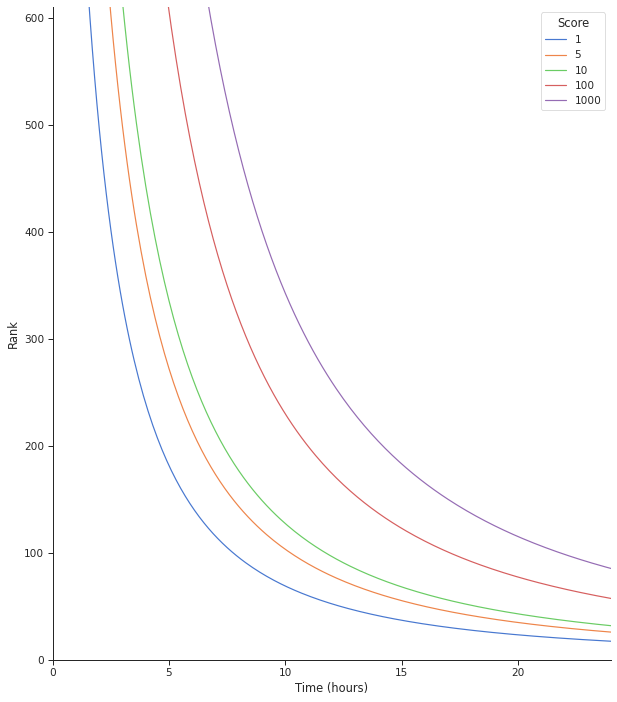

- Wake up
- Fall out of bed
- Drag a comb across my head
- Find my way downstairs
- Drink a cup
- Look up and notice I am late
- Find my coat
- Grab my hat
- Make the bus in seconds flat


We did that for a number of years and they do work OK. Two or three years ago, we finally broke down and bought standalone air purifiers when we had a newborn. I know they’re expensive, but if you get them off season they’re much cheaper. Might consider it if you’re going to be in Seattle for the long haul, unfortunately… They work well, are pretty energy efficient, and are much quieter than the box fans.
These longer-range forecasts should be considered very rough approximations, but it’s hard to see the smoke going away with weak steering currents expected to remain in place through the end of August.
Good thing we’ve still got some N95s in storage!
I think that [email protected] may be more active?


Didn’t even know that this was happening, but glad to see it! (At least in the summers - it’s been a zoo recently and hopefully this will give everyone a little room to spread out!)


A farmer coughs in your face, and then you slowly get sick and eventually die.


If you think that this is gross, definitely don’t look up anything about salmon parasites…


Yeah - though I had thought that still the one should be higher than the other, even if the numbers are small. In the actual equation, this would be multiplied by a scaling factor of 10000, though. (See the code discussion in the other comments). Though, in this case, the rank would still be very close to zero.
What I had missed is that, in the actual code, the equation is wrapped in floor() and returns an integer. So both are treated as rank = 0 and maybe randomly sorted.
The question is why are rank 0 posts showing up at all? In my other comment, if you do the math, I think that it should take quite a bit of time for any post with an appreciable score to decay to a rank of zero. Yet we see that these sorts of old posts are appearing relatively high in the hot feed.
One possible answer was suggested in another comment – it may have to do with how often the scores are recalculated for older posts, and if some have not decayed to zero by the time that the score recalculation stops, they might persist with a non zero score until the instance is restarted. I’m still not sure that that is the right answer, however, because I am guessing that instances like lemmy.world (which I am using) have been restarted recently with the various hacking attempts?


Can someone who knows PL/pgSQL help parse this line:
return floor(10000*log(greatest(1,score+3)) / power(((EXTRACT(EPOCH FROM (timezone('utc',now()) - published))/3600) + 2), 1.8))::integer;
It seems to me that the issue might be that the function returns an integer. If the scaling factor is inadequately large, then floor() would return zero for tons of posts (any post where the equation inside floor() evaluates to less than one). All of those posts would have equivalent ranks. This could explain why we start seeing randomly sorted old posts after a certain score threshold. Maybe better not to round here or dramatically increase the scaling factor?
I’m not sure what the units of the post age would be in here, though. Probably hours based on the division by 3600? And is log() the natural log or base 10 by default?
In any case, something still must be going wrong. If I’m doing the math correctly, a post with a score of +25 should take approximately 203 hours (assuming log base 10) before it reaches a raw rank score of < 1 and gets floored to zero, joining all of the really old posts. So we should be seeing all posts from the last 8.5 days that had +25 scores before we see any of these really old posts… But that isn’t what’s happening.


Yeah - agreed. I don’t know the best solution. The other issue is whether the algorithm is being applied to all feeds and communities in the same way. The experience will be quite different if browsing all on a highly federated, high activity instance, compared to just looking at your subscriptions or browsing a lower-activity single community. Maybe the answer is just in general to decrease the steepness of the curve.


After all of this, I will amend my response to say that I think that there must be something going wrong with the algorithm. Consider these two consecutive posts on my “hot” feed:

The anti-vax nonsense from two years ago was appropriately downvoted to hell. The post right underneath it is one year old and has a post score of +13. Based on the equation above, the lower post must have a higher rank than the anti-vax post, as it should have both a higher numerator and a lower denominator.
Time for a review of the source code? Or am I missing something? Do other people see this phenomenon? No older, lower-scored post should be above a newer and higher-scored post in your feed, I think.


And this picture helps too: shows the decay in ranking scores for posts of different popularity (score) over time.

After a day or so, the curve flattens out. This probably explains why we keep seeing posts that are months old in “hot” - if not enough new material is being posted, after the first few pages of “hot”, posts that are 5 days old and 5 months old are essentially the same due to the exponential decay function that was chosen.
That page gives this equation:
Rank = ScaleFactor * log(Max(1, 3 + Score)) / (Time + 2)^Gravity
Score = Upvotes - Downvotes
Time = time since submission (in hours)
Gravity = Decay gravity, 1.8 is default
My guess is that the “gravity” parameter is the issue at the moment. Something is needed to make the decay less steep, so that really old posts aren’t making it up to the top of the feed.
There might be some way of tuning the gravity parameter dynamically based on how much content is being submitted, perhaps aiming for something like “the average age of the first 200 posts should be 10 days” (I made those numbers up, but the basic idea would be that the time decay should be steeper when lots of content is submitted and less steep when content is infrequent?)
Was just popping in to say this! All of their pizza is great but the “Detroit-style New Yorker” is amazing. Pepperoni, Italian sausage, ricotta dollops, pizza sauce, Mike’s hot honey & basil. Or the cup & char if you just want a great Detroit-style pepperoni.
What’s your budget? And are you planning to have roommates?


Much appreciated - the transformation of Ballard Ave has been such a great improvement. Love the dual use of the outdoor space as market stalls and seating for restaurants, and the atmosphere with so much outdoor dining is excellent.
Had to laugh at this random quote from Dan Strauss, though:
“When Jonsi, lead singer of the band Sigur Rós, visited Ballard this spring he exclaimed, unprompted, that ‘Ballard Avenue is poppin!’"


That is cool. There is really wild stuff in here, like in the landing guidance equations
TC BANKCALL # TEMPORARY, I HOPE HOPE HOPE
CADR STOPRATE # TEMPORARY, I HOPE HOPE HOPE